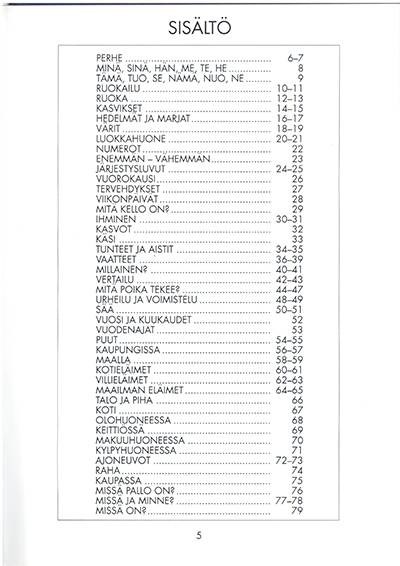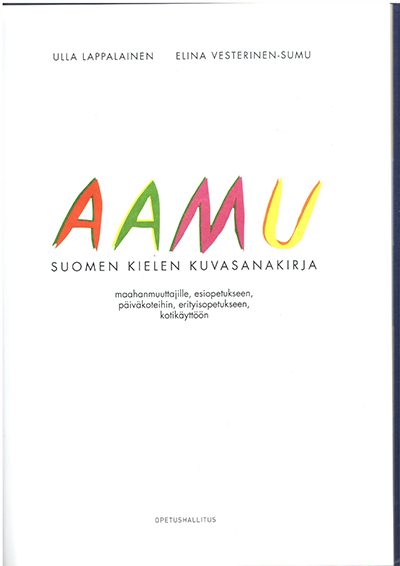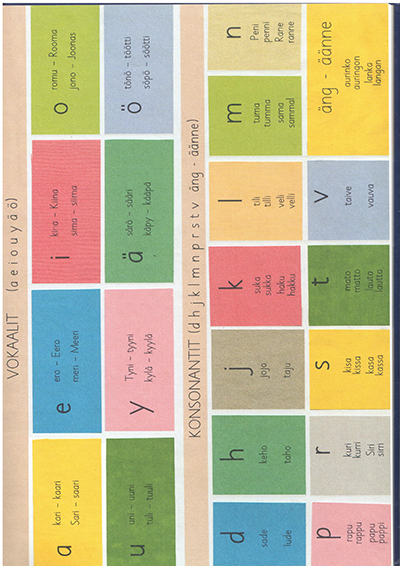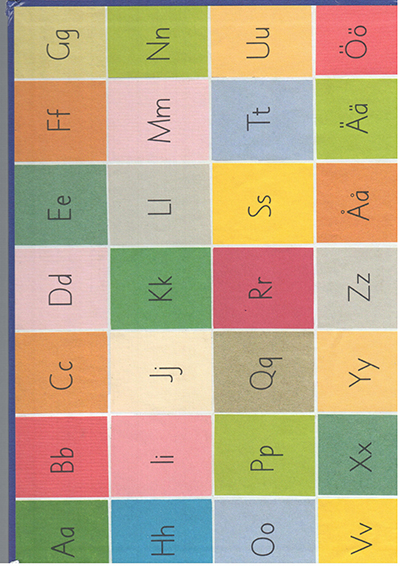| Sorted by date | |||
page115from Building Ideas
The Norwegian historian, Christian
Norberg-Schulz, has been perhaps the most prolific of these recent writes,
producing a series of works that tries to question the dominant emphasis on
functional norms. He also utilized the concept of genius loci – spirit of the
place – in the book of the same name, subtitled “Towards a Phenomenology of
Architecture”, and he also made use of many of the ideas we have been
discussing. Norberg-Schulz borrows directly from Heidegger’s work on the nature
of dwelling, though he develops the ideas more specifically through the notion
of the “existential foothold”:
First
of all I owe to Heidegger the concept of dwelling. ‘Existential foothold’ and ‘dwelling’
are synonyms, and dwelling, in an existential sense, is the purpose of
architecture. Man dwells when he can orientate himself within and identify
with, an environment, or, in short, when he experiences the environment as
meaningful. Dwelling implies therefore something more than ‘shelter’. It
implies that the spaces where life occurs are places, in the true sense of the
word.19
What
gives location its character, and transforms an abstract space into a concrete
place, is the way in which a work of architecture provides a visualization of
the genius loci. This can happen in various ways, according to different
cultures and historical traditions, and in his earlier book Meaning in Western
Architecture he set out to show how this had occurred in the past. By analyzing
buildings of different periods in terms of their common symbolic
characteristics, he tried to demonstrate how every culture has expressed its
belief systems through its architecture. Whether based on religious rituals or
on the structure of the cosmos, he tries to show how these narratives have been
“concretised”, in ways specific to their geographical context.
In
his later writings, these ideas were also applied to more recent buildings,
such as in the essay on Jorn Utzon concerning the theme of earth and sky in his
work. In Utzon’s own essay “Platforms and Plateaus”, which looked at the
landscape forms of sacred sites, he
|
|||
|
|||
|
|
Readingroom from Wu Huiping
1/11Go to Page:
 ... ...
... ... ... ...
... ... ... ...
... ... ... ...
... ... ... ...
... ... ... ...
... ... ... ...
... ... ... ...
... ... ... ...
... ... ... ...
... ... ... ...
... ... ... ...
... ... ... ...
... ... ... ...
... ... ... ...
... ...